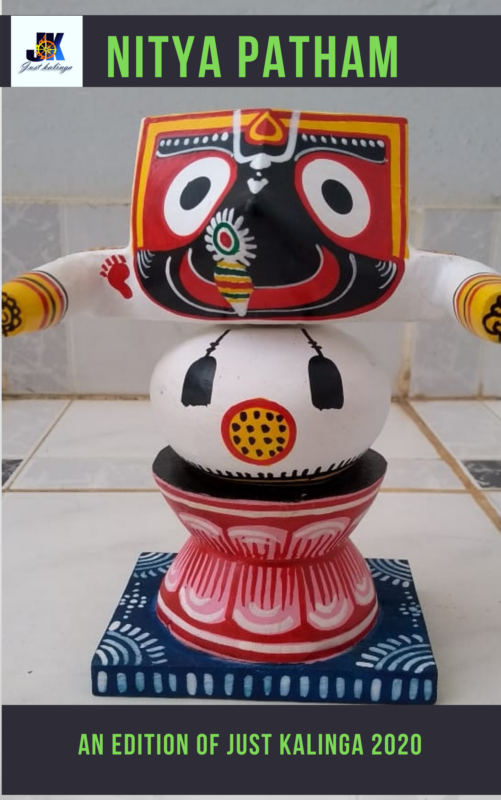All Besha Of Shri Jagannath Mahaprabhu
CELEBRATION OF DIFFERENT FESTIVAS SHREE JAGANNATH MAHAPRABHU
MAHAPRABHU SHREE JAGANNATH (BAPA) IS ABSOLUTE TRUE,
OTHER THAN HIM ARE RELATIVELY TRUE….
OTHER THAN HIM ARE RELATIVELY TRUE….
During the celebration of different festivals, the deities change their dresses and put on different categories of ceremonial costumes or dresses according to the nature of the festival. The Beshas are indeed, an important aspect of the festival, which draws large crowd. Mahapravu Shree Jagannath has generally been identified with Bhagban Bishnu. But on certain particular festive occasions, the deities are decorated with different masquerades such as Gajanana Besha, Nagarjun Besha, Padma Besha, Trivikram Besha, Kaliyadalan Besha, Gajauddharana Besha, Radha Damodar Besha etc. It is so because Mahapravu Shree Jagannath culture encompasses within itself various cults such as Vaishnavism, Shakta-cult, Saivism, Ganapatya cult and the tribal forms of worship. As such, the Beshas of Mahapravu Shree Jagannath symbolise a sort of religious and cultural synthesis, hence the three deities are decorated in such a way as to satisfy the spiritual aspiration of different sects, groups and sub-groups. These Beshas are mainly related to Lilas of Pravu Krushna, Pravu Rama,Pravu Baman,Pravu Ganesh etc.
The Eternal Mystery Of Mahaprabhu Shree Jagannath by Srikanta…..
ହେ ମଣିମା


